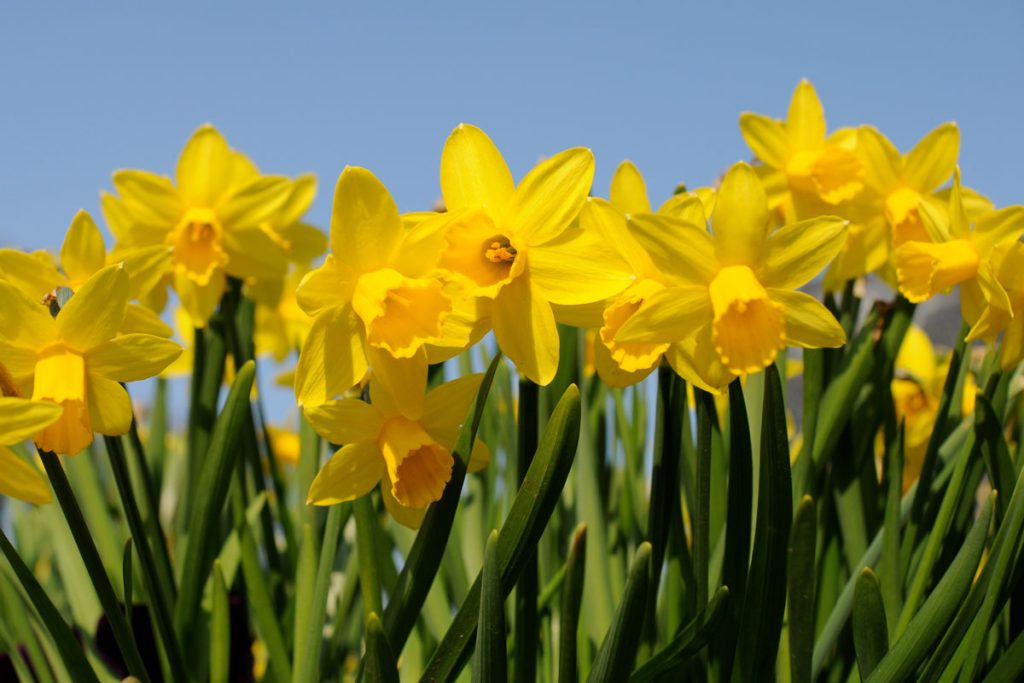As the winter chill gradually fades away, nature prepares to welcome a new season marked by the vernal equinox. This celestial event, occurring on March 19, 2024, heralds the official onset of spring in the Northern Hemisphere. But what exactly is the vernal equinox, and why does it hold such importance? Let’s delve into the intricacies of this astronomical phenomenon and explore its significance across cultures and traditions.
The Vernal Equinox: A Celestial Alignment: The vernal equinox, one of only two equinoxes in a year, occurs when the sun is directly overhead at noon, resulting in nearly equal periods of daylight and darkness. Derived from the Latin words “aequus” and “nox,” meaning equal night, the equinox symbolizes a delicate balance between light and darkness. This year, the vernal equinox will occur precisely at 11:06 p.m. EDT on March 19, marking the official commencement of spring.
Understanding the Equinox and Its Timing: While the vernal equinox typically falls on March 19, 20, or 21, its exact date may vary due to the Earth’s orbit around the sun. Earth’s journey takes approximately 365.24 days, resulting in a slight discrepancy between the calendar year and the solar year. As a result, the date of the equinox shifts slightly each year, ensuring that it remains a dynamic and ever-changing astronomical event.
Meteorological vs. Astronomical Spring: It’s important to distinguish between meteorological spring and astronomical spring. Meteorological seasons, tied to the calendar, are based on temperature cycles and are divided into three-month intervals. Meteorological spring spans from March 1 to May 31, aligning with the annual temperature trends. In contrast, astronomical seasons are determined by Earth’s axial tilt and its position relative to the sun, marking the true onset of spring during the vernal equinox.
Spring’s Arrival in the Southern Hemisphere: While the Northern Hemisphere celebrates the arrival of spring, the Southern Hemisphere experiences the onset of fall. In regions south of the equator, September marks the beginning of spring, accompanied by later sunrises, earlier sunsets, and the emergence of new life. This seasonal shift highlights the interconnectedness of our planet’s hemispheres and the cyclical nature of Earth’s journey around the sun.
Cultural Traditions and Celebrations: Across cultures and traditions, the vernal equinox is celebrated through various rituals and customs. From Easter egg traditions to the Iranian New Year of Nowruz, communities around the world embrace the arrival of spring with joy and reverence. Whether it’s the symbolic act of standing an egg on its end or the vibrant festivities of Nowruz, these traditions reflect humanity’s deep-rooted connection to the changing seasons and the renewal of life.
As we embrace the arrival of spring with open arms, let us pause to appreciate the beauty and significance of the vernal equinox. Beyond its astronomical implications, the equinox serves as a reminder of the interconnectedness of all living beings and the eternal cycle of renewal and growth. As we welcome the warmth and vitality of spring, may we find inspiration in nature’s timeless rhythms and celebrate the promise of new beginnings that the equinox brings.
